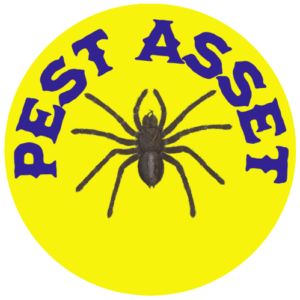Introduction
As the leaves change color and the temperatures plummet, many of us retreat indoors to cozy up by the fireplace. But what about the creatures that share our world? Where do pests go in the winter to escape the harsh realities of the cold season?
The Many Strategies of Pest Winter Survival
Pests have developed a variety of ingenious strategies to survive the winter. Some species, such as monarch butterflies, migrate to warmer climates, while others, like ladybugs, seek shelter in sheltered nooks and crannies. Still others, such as ants and cockroaches, enter a state of dormancy known as diapause.
Diapause: A Physiological Marvel
Diapause is a remarkable physiological adaptation that allows insects to suspend their development and metabolic processes, effectively pausing their lives until more favorable conditions return. This state of reduced activity conserves energy and protects the insect from the damaging effects of cold temperatures.
Common Pest Winter Hideouts
Pests can be found in a variety of unexpected places during the winter months. Here are some of their most common hiding spots:
- Underneath logs and rocks: These provide shelter from wind and precipitation, and the temperature beneath them is often more stable than the surrounding air.
- Inside hollow trees: The wood of trees can act as a natural insulator, keeping the temperature inside more regulated.
- In leaf litter: The decaying leaves provide warmth and moisture, making them an ideal haven for many insects.
- In soil: Burrowing underground can provide protection from the elements, and the soil can store heat from the sun, keeping the temperature more stable.
- Inside homes and buildings: Pests often seek refuge in warm, humid environments like basements, attics, and crawl spaces.
Protecting Your Home from Winter Pests
While some pests are inevitable during the winter, there are steps you can take to minimize their presence in your home:
- Seal cracks and crevices around windows, doors, and foundations.
- Store food in airtight containers.
- Maintain a clean and clutter-free environment.
- Regularly inspect your home for signs of pests.
Conclusion
As the winter season draws to a close, pests will gradually emerge from their hibernation, ready to start anew. Understanding their winter survival strategies can help us better manage their presence in our homes and gardens throughout the year. By taking preventive measures and maintaining a vigilant eye, we can keep our homes pest-free and enjoy the comforts of the winter season without unwanted guests.



